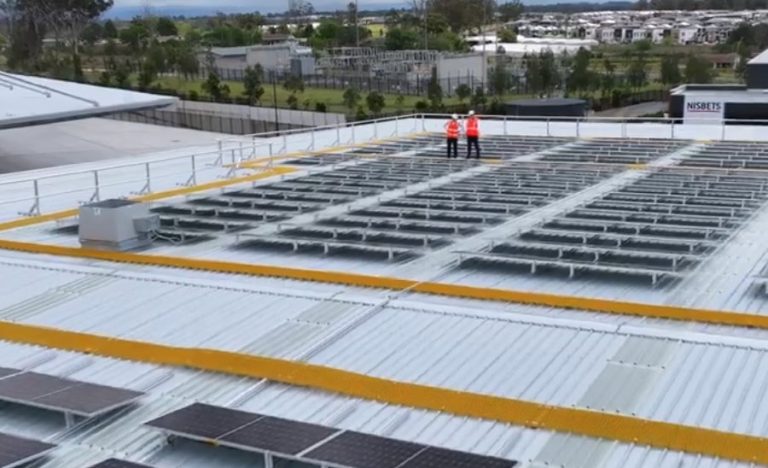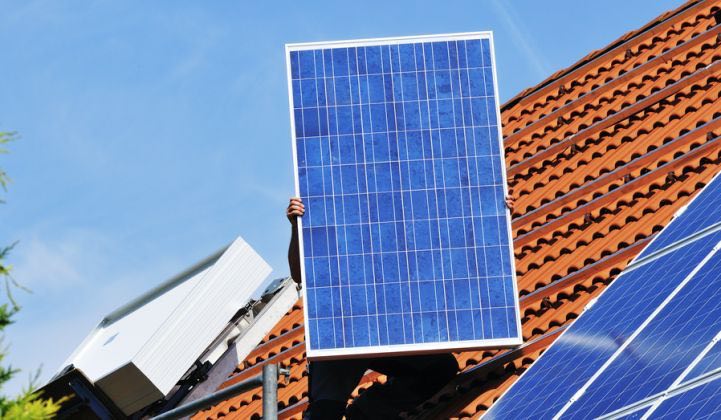Rooftop Solar Declines as Home Batteries Gain Popularity
Australia’s leading rooftop solar sector is experiencing a downturn, with installation rates significantly trailing behind those of the previous year, largely due to the surge in home battery installations. Recent data indicates that the market is currently 15 per cent behind the figures recorded at the same time last year.
According to SunWiz, a total of 206 megawatts (MW) of new rooftop solar capacity was registered across the country in August, marking a return to levels not seen since 2022. Warwick Johnston, managing director of SunWiz, noted in the latest market update that the national market has continued to decline as consumers shift their spending towards battery systems, prompting retailers to adjust their sales strategies accordingly.
Shifting Focus in the Market
Johnston explained that retailers are now prioritising battery sales, recognising the potential for larger transactions in energy storage, especially after experiencing a decline in revenues from photovoltaic (PV) systems. This shift has led to a change in the competitive landscape, with traditional market leaders pivoting towards battery technology while new entrants, particularly those focusing on new installations, are gaining traction in the market.
State-by-State Analysis
Examining the situation on a state level, the most significant drop in rooftop solar installations has occurred in the three states benefiting most from the federal Cheaper Home Batteries rebate. New South Wales (NSW) maintained its position as the top state for installations, adding 58 MW of new capacity in August, a decrease from 64 MW in July.
Queensland followed closely, contributing 55 MW of new rooftop PV installations, down from 60 MW the previous month. In contrast, Victoria saw a slight increase, with 44 MW added in August, up from 43 MW in July.
SunWiz highlighted that the 20-30 kW segment led the growth in August, rising to 12 MW from 11 MW in July. The 15-20 kW segment remained stable at 6 MW, while the 8-10 kW and 10-15 kW segments fell out of the leading categories entirely. Interestingly, the 0-2.5 kW segment emerged as a new contender among the top three segments for the month, suggesting that households may be adding small amounts of solar capacity to existing systems as they install batteries.






